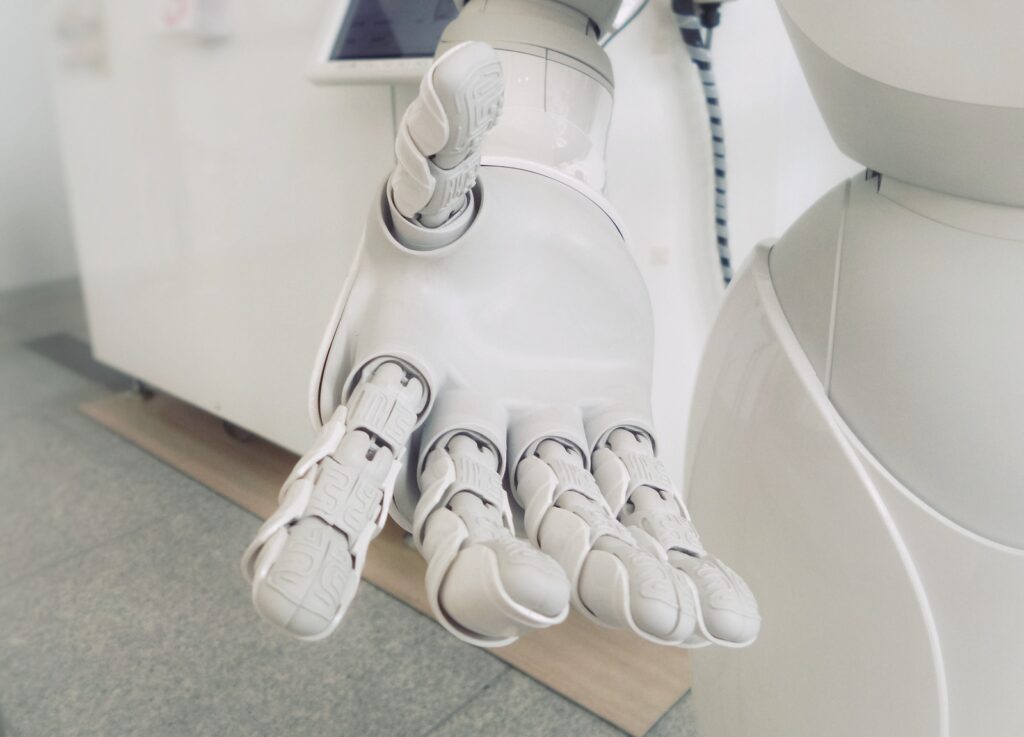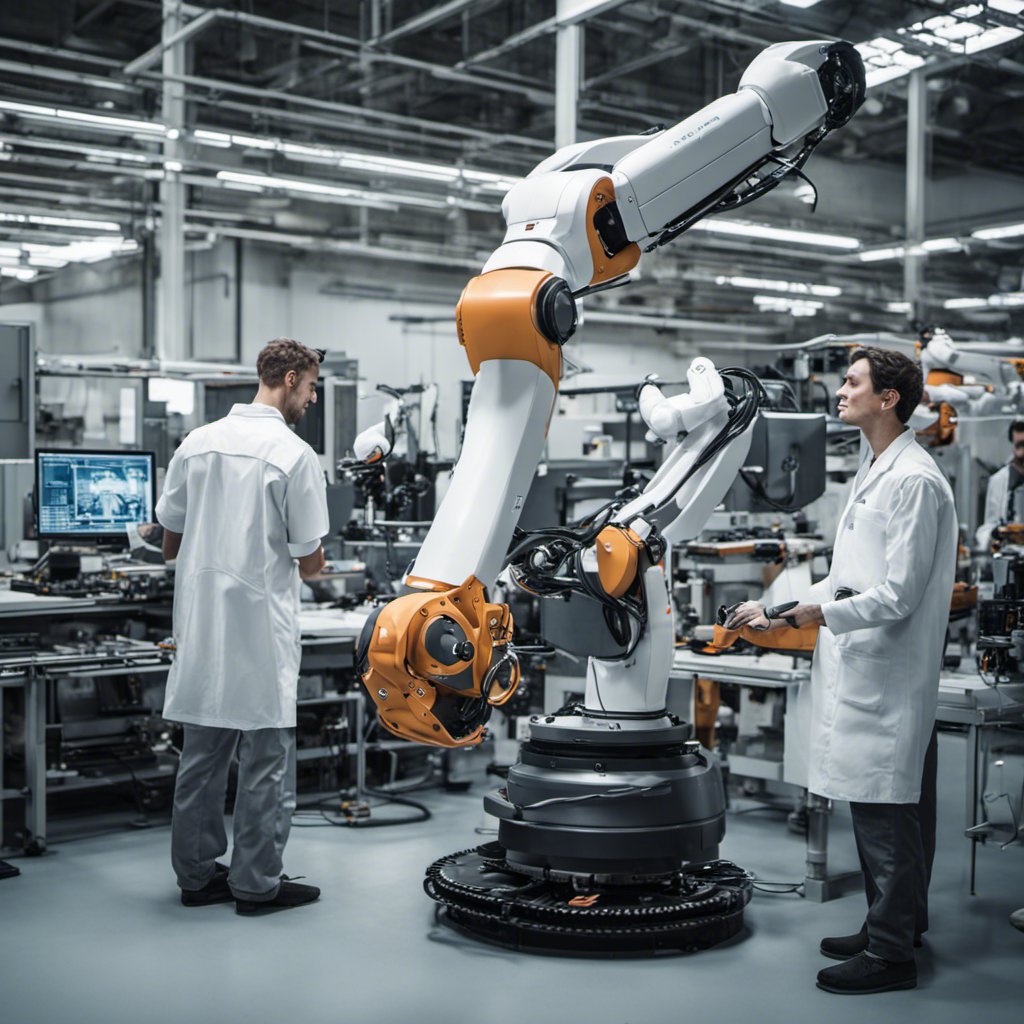The world of work is undergoing a profound transformation, driven by the relentless march of technology. At the forefront of this transformation are robotics and automation, which are reshaping industries and redefining the roles of humans in the workforce. In this article, we will explore how robotics and automation are shaping the future of work and what it means for individuals and industries.
The Rise of Robotics and Automation
Automation is not a new concept. Throughout history, humans have sought ways to automate repetitive and labor-intensive tasks. However, recent advancements in robotics, artificial intelligence, and machine learning have accelerated the adoption of automation in various industries. This technological evolution has paved the way for a new era of work.
Types of Robotics and Automation
Robotics and automation come in various forms. Industrial robots are transforming manufacturing processes, increasing efficiency and precision. Service robots are finding applications in healthcare, retail, and hospitality, augmenting human capabilities. Robotic process automation (RPA) is automating white-collar jobs by performing routine tasks and data entry.
The Impact on Employment
One of the most debated aspects of automation is its impact on employment. While some fear widespread job displacement, others see the potential for job augmentation. Automation can handle repetitive and dangerous tasks, allowing humans to focus on creative and complex work. The shift in job roles and the demand for new skills in the automated workforce are also noteworthy.

Robotics and Automation in Industries
Robotics and automation are making their mark in various industries. In manufacturing, they are driving the concept of the “factory of the future,” where robots work alongside human operators to produce goods more efficiently. In healthcare, surgical robots are enhancing precision in surgeries, and telemedicine is expanding access to care. Finally, in retail, automation is streamlining inventory management and customer service. Agriculture benefits from autonomous tractors and drones that optimize farming practices.
Challenges and Concerns
The adoption of robotics and automation is not without its challenges and concerns. Ethical considerations arise when AI systems make decisions that impact human lives. The digital divide poses challenges related to access to technology and digital skills. Preparing the workforce for an automated future requires significant investment in reskilling and upskilling.
The Future of Work
The future of work lies in collaboration between humans and robots. Rather than replacing humans, automation is likely to create new job categories and opportunities. Creative and fulfilling jobs that leverage human creativity, empathy, and problem-solving skills will become increasingly important. Preparing for this future requires adaptability and a commitment to lifelong learning.
Conclusion
Robotics and automation are not just buzzwords; they are driving forces behind the evolution of work as we know it. Embracing this transformation responsibly and proactively is crucial for individuals, organizations, and societies. The future of work will be shaped by our ability to harness the potential of automation while ensuring that it benefits all of humanity. As we navigate this automated landscape, let us seize the opportunities it offers and work together to create a future of work that is both efficient and human-centered.

